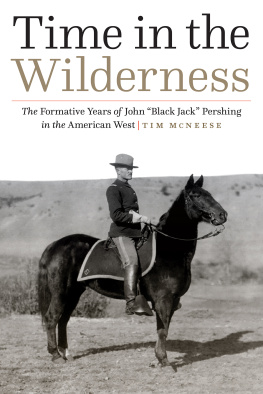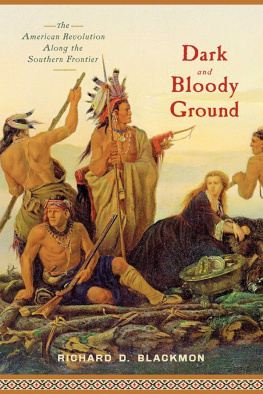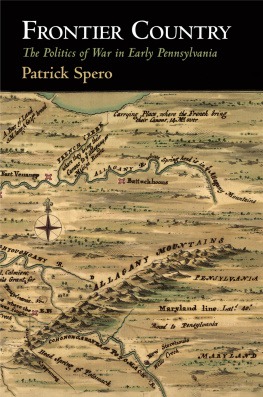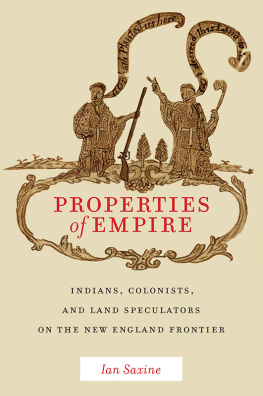Samuel Forman - Ill-Fated Frontier: Peril and Possibilities in the Early American West
Here you can read online Samuel Forman - Ill-Fated Frontier: Peril and Possibilities in the Early American West full text of the book (entire story) in english for free. Download pdf and epub, get meaning, cover and reviews about this ebook. year: 2021, publisher: Lyons Press, genre: Politics. Description of the work, (preface) as well as reviews are available. Best literature library LitArk.com created for fans of good reading and offers a wide selection of genres:
Romance novel
Science fiction
Adventure
Detective
Science
History
Home and family
Prose
Art
Politics
Computer
Non-fiction
Religion
Business
Children
Humor
Choose a favorite category and find really read worthwhile books. Enjoy immersion in the world of imagination, feel the emotions of the characters or learn something new for yourself, make an fascinating discovery.

- Book:Ill-Fated Frontier: Peril and Possibilities in the Early American West
- Author:
- Publisher:Lyons Press
- Genre:
- Year:2021
- Rating:4 / 5
- Favourites:Add to favourites
- Your mark:
Ill-Fated Frontier: Peril and Possibilities in the Early American West: summary, description and annotation
We offer to read an annotation, description, summary or preface (depends on what the author of the book "Ill-Fated Frontier: Peril and Possibilities in the Early American West" wrote himself). If you haven't found the necessary information about the book — write in the comments, we will try to find it.
The melting pot America would become was barely simmering when an ill-fated attempt to settle land near Natchez in brought together a volatile mix of ambitious Northern pioneers and their slaves, Spanish colonists, and Native Americans who had claimed the land as theirs for hundreds of years. This illuminating episode in American history comes to life in this account of an expedition gone wrong. It began with an optimistic plan to settle and expand in the new territory. It ended ignominiously, with the body of one of the expeditions leaders returning to New Jersey stored in a pickle barrel.
What happened in betweena cautionary tale of greed, incompetence, and hubrislies at the center of this fascinating account by Harvard historian Samuel A. Forman. Endorsed by New York Times best-selling author Nathaniel Philbrick, it is a startling and frank portrait of a young America that examines the dream of an inclusive American experience and its realitya debate that continues today.
Imperious General David Forman, a terror to his Monmouth County, New Jersey, Loyalist neighbors, during the Revolutionary War obtained a large land grant in Natchez, then part of Spanish West Florida. His charge was to establish a plantation that would lure settlers and establish a new American presence. Staying behind in New Jersey David Forman appointed his rotund and gouty older brother Ezekiel as leader of the expedition, his young cousin Samuel S. Forman as its business manager, and a former military aide as overseer of the enslaved African Americans who accompanied them.
It did not go well.
When the expedition finally reached the new territory it found waiting Spanish colonials who felt the land was theirs and Native Americans who still maintained their sovereignty over the contested lands.
When Ezekiel Forman died unexpectedly, David Forman stormed from New Jersey into Natchez to take control of the unraveling situation. He would find on his arrival that those awaiting him had other ideas about who the land actually belonged to. He would return to New Jersey quite dead and pickled in a barrel of rum.
Lively, impeccably researched, and rich in details that have escaped the usual tales of American growth and enterprise, Ill-Fated Frontier shines new and entertaining light on what it means to be an American.
Samuel Forman: author's other books
Who wrote Ill-Fated Frontier: Peril and Possibilities in the Early American West? Find out the surname, the name of the author of the book and a list of all author's works by series.





